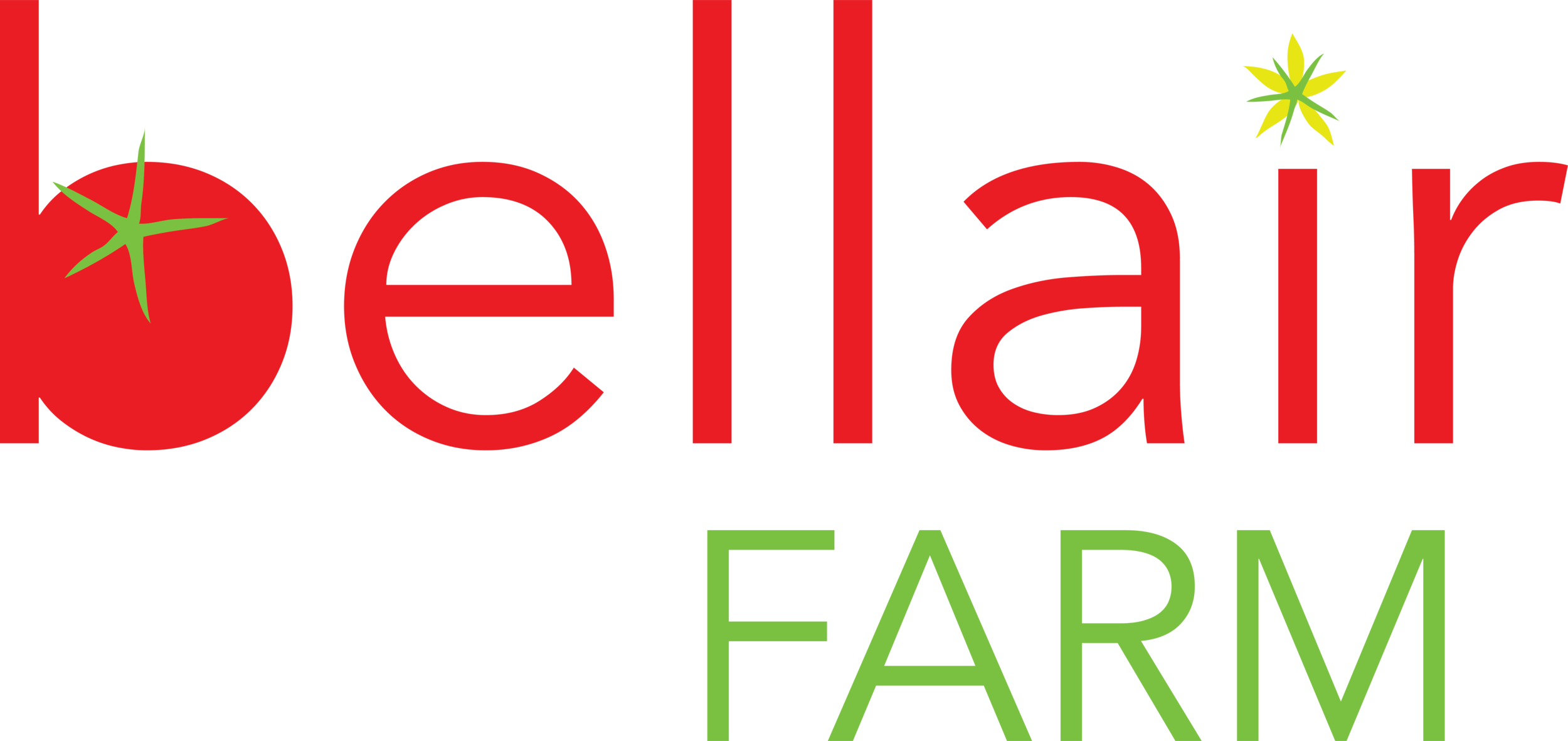Pickles 3 Ways
Left to right: home-canned okra pickles, fermented onion-beet pickles and cucumber quickles aka refrigerator pickles
Are you drowning in summer produce from your garden or maybe your CSA share? Don't compost good food! Your belly will thank you later if you preserve some of the harvest now. Preservation doesn't need to be complicated! I'm a bit of a self-taught expert on home canning, but lately I've been dabbling in some more approachable and less time intensive preservation techniques that work better with my busy schedule. Here are 3 ways to pickle your produce this summer:
Vinegar Refrigerated "Quickles:" The lowest barrier to entry on the pickle scale is the quickle. Slice a vegetable, pour an acid over it, and you've got yourself a quickle! Quickles don't have the months-long shelf life of fermented foods or canned goods, but they will keep a good 3-4 weeks if covered in the fridge. For a quick taco topping, pour lemon juice over sliced onion. It tones down that raw onion bite without sacrificing a bit of crunch! Another idea: use a mandoline (or just slice) to thinly slice cucumbers, summer squash, and red onion. Then I added lemon juice and homemade vinegar from a friend. This dish was part pickle, part salad! I've been serving it with everything this week. With quickles, high quality vinegar goes a long way! We stock VA Vinegarworks, which is what I use when I don't have beautiful vinegar gifts from my talented community. A good rule of thumb is half vinegar half water for the perfect punch. Marinating them in the fridge for a few hours heightens the flavor, but if you’re short on time and don’t have time to chill, just put in ice cubes as the water part and voila! A super-cold, refreshing, and on-the-table-in-a-jiff side dish. Add salt, black pepper, chile flakes, mustard seeds if you like, but they stand on their own with a quality vinegar.
Ice cubes added for a quick chill! I love Ailsa Craig sweet fresh onions for these when they are in season. I usually add lots of black pepper, but they can stand without if you use a good quality vinegar.
Home-canned vinegar pickles: If you've ever been interested in home canning, pickles are a great place to start. Their high-acid content means processing time is short and also makes for a very low-risk product, which is great for beginners. Canning the pickles means that they will be shelf-stable for up to two years, meaning you can keep them in the pantry, not the fridge, as long as they aren’t opened. When it comes to home canning, the most important rule is to use a canning-specific recipe from a trusted source (aka not J. Random Mommy Blog). My go-tos are, for classics, the Ball Blue Book of Canning and, for recipes designed for the modern palate, anything by Marissa McClellan. Take a class if you're feeling nervous, as canning should really be a community experience anyway! I usually host one annual Water-Bath Canning workshop at the farm and I also recommend Leni Sorensen/Indigo House as another resource. Here are some recipe ideas for in-season produce: cucumber or okra pickles with dill flowers from the PYO, beet pickles with or without added onions, chow-chow (an amazing and classic pickled relish), salsas of all kinds (basically a pickled sauce)
Fermented Pickles: This is an area of preservation I'm a beginner in. Mostly because there are so many delicious fermented goodies from folks like Gathered Threads (and she uses our produce for some of them!) that are always kicking around the farm. But, after attending a workshop by Dawn Story at FF, I realized how easy it really is: basically just pouring a strong salt brine over veggies in a jar. You let it sit out at room temp to ferment, then when it is to your taste you move them to the fridge, where they will keep for months. As with canning, you'll want to consult an expert. The go-to book is The Art of Fermentation by Sandor Katz. You can ferment basically anything, from a dill pickle to sauerkraut to a ferment-based chow-chow or salsa. You can do it in a regular old mason jar where you “burp” the jar every day, but if you want something even more low-maintenance, I got a beginner’s kit at 5th Season and it even included some recipes.




